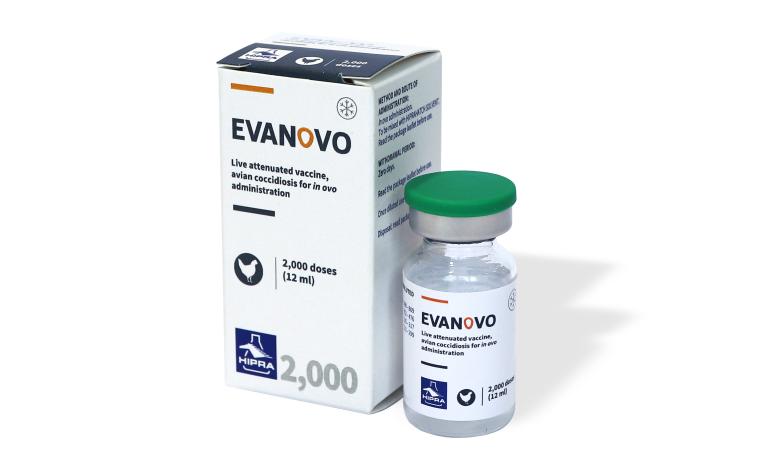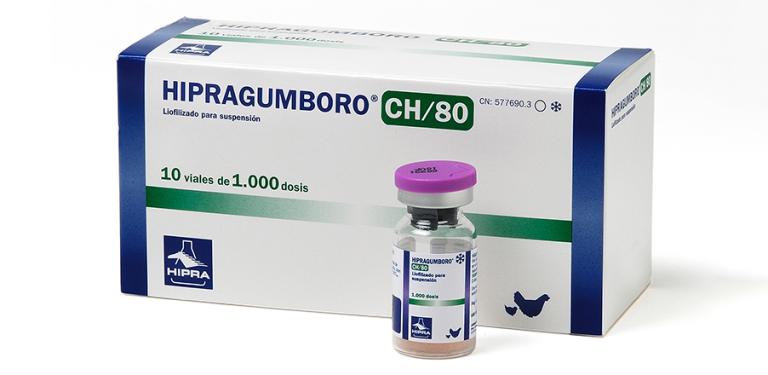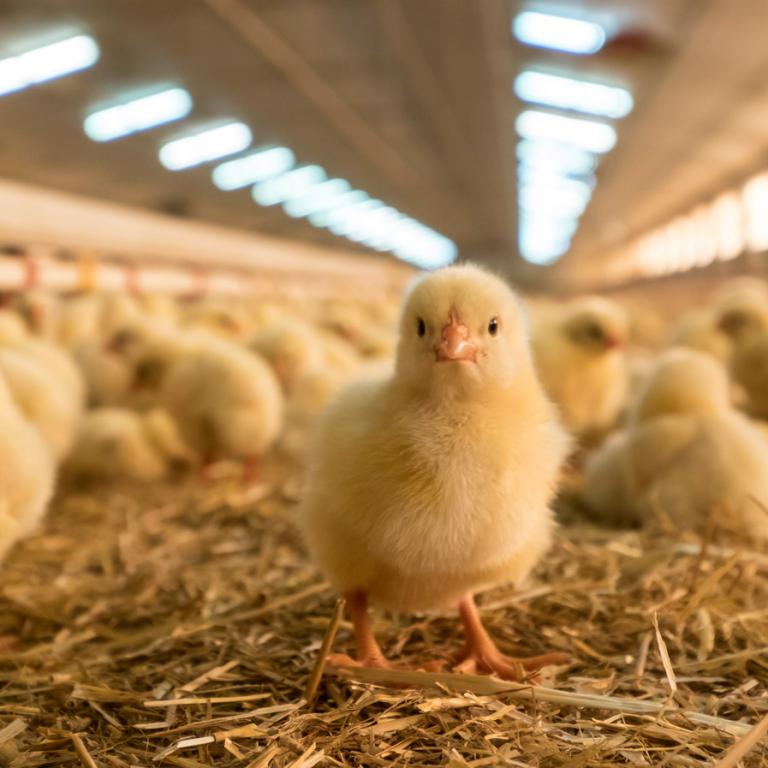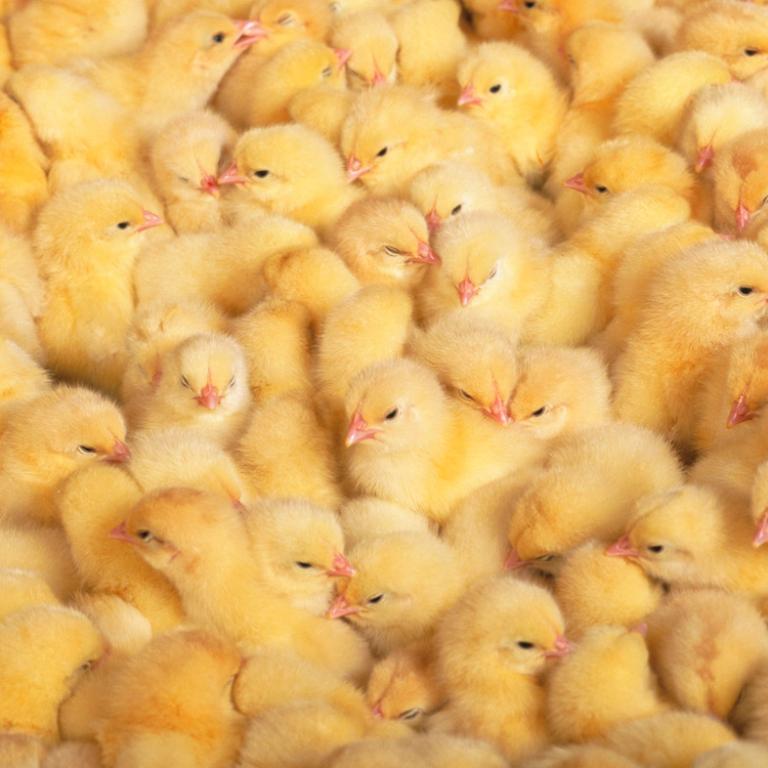At the end of the 19th century, much confusion existed regarding the agent causing coccidiosis in poultry.
In 1891, for the first time, two French researchers, Railliet and Lucet, published an account of their observation of coccidia oocysts in caeca.
The parasite was initially named Coccidium tenellum but subsequently in 1913, it was finally named Eimeria tenella, as we know it today.













































